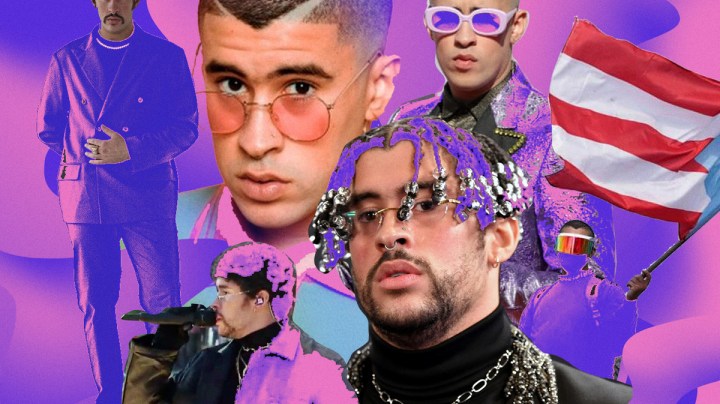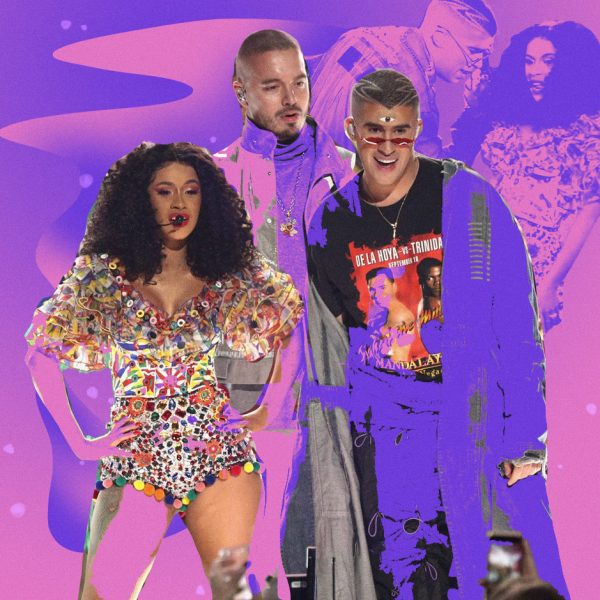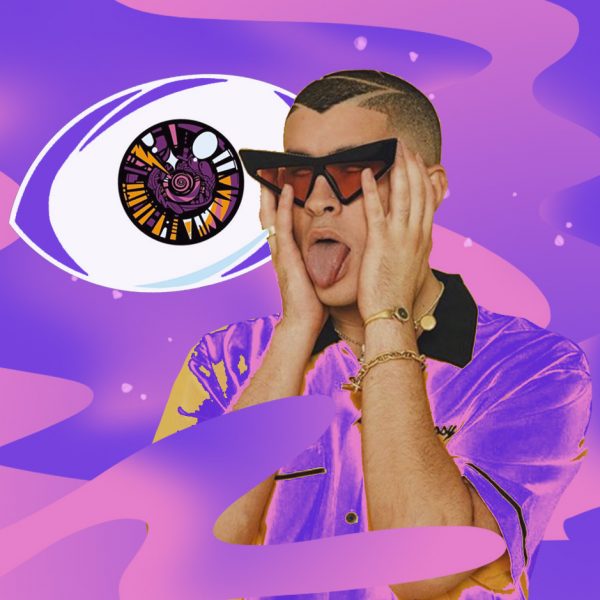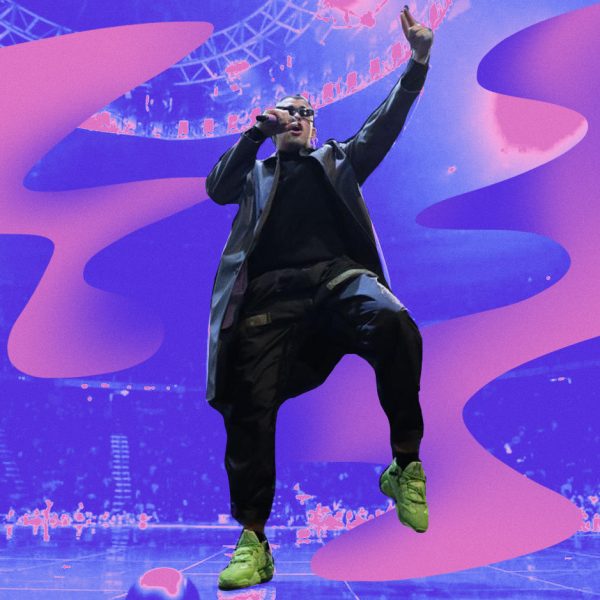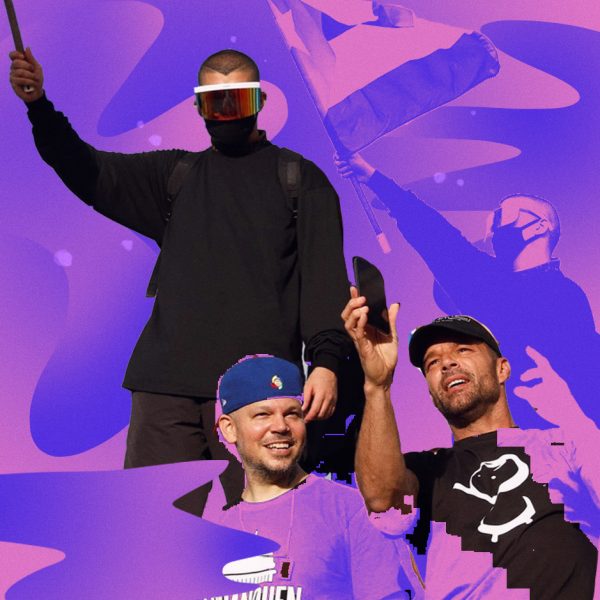The Early Singles (2016 and 2017)

Bad Bunny’s breakthrough—from Soundcloud to airplay and major streaming numbers—came in 2016 via “Diles,” a super-sexual slow-burner alongside Ozuna, Farruko, Arcangel and Nengo Flow. His growing following in Puerto Rico’s underground now began to reach the Latinx diaspora, and several more singles came close in order, maintaining the momentum. Among them is “Soy Peor,” where Benito takes center stage, and “Chambea” and “Krippy Kush,” both pumped-up, party-ready cuts that felt like a rush by comparison. Already embraced by DJs at Puerto Rico’s nightclubs, he soon makes a big impression on Daddy Yankee’s “Vuelve” too, in case anyone was doubting his cred.
It’s during this time that Bad Bunny’s signature vocals—strikingly low, like a perpetual boom that never explodes—make clear to reggaeton and Latin trap fans that nobody else flows like he does. In fact, Benito is beginning to stand out as a pioneering artist.
